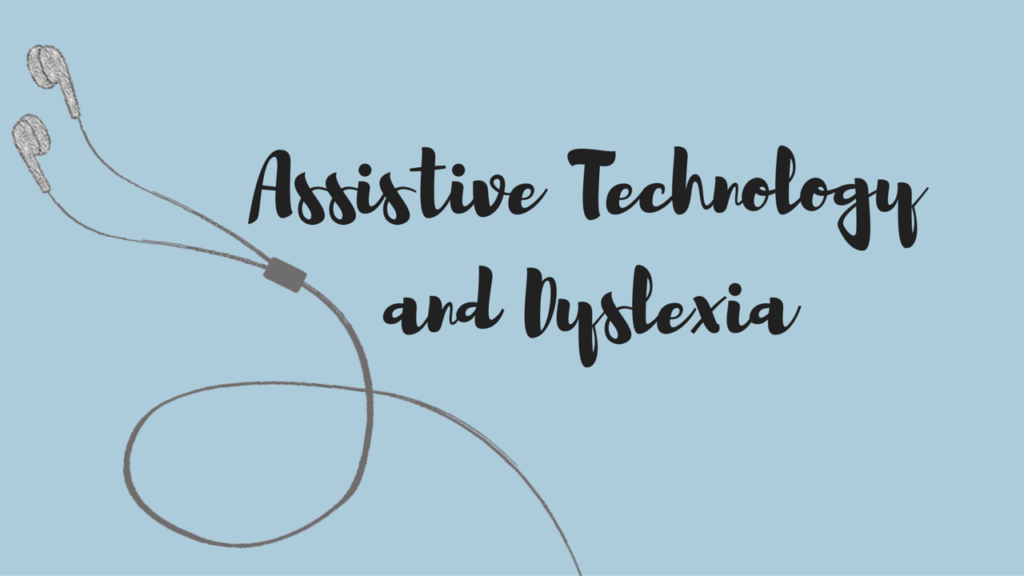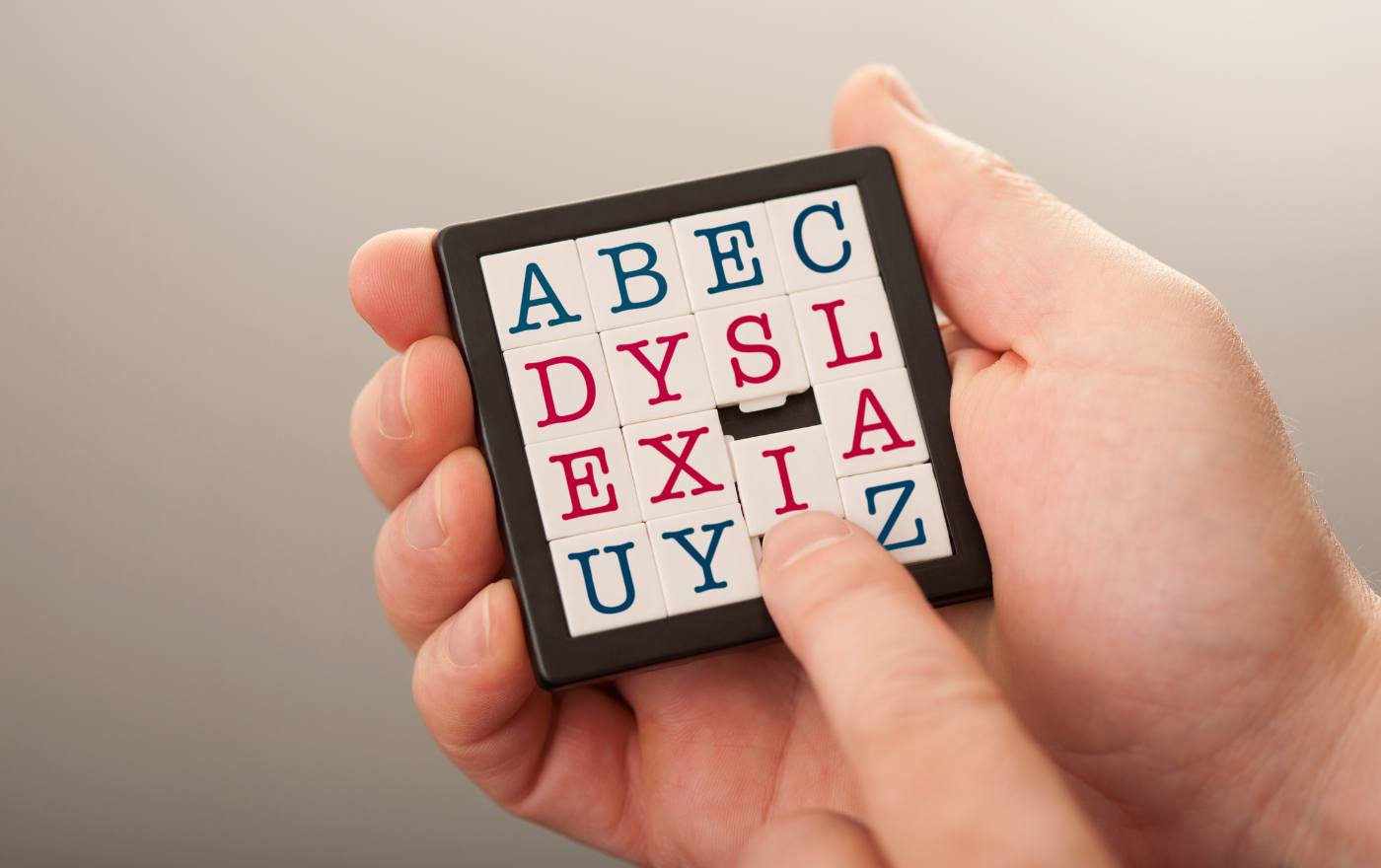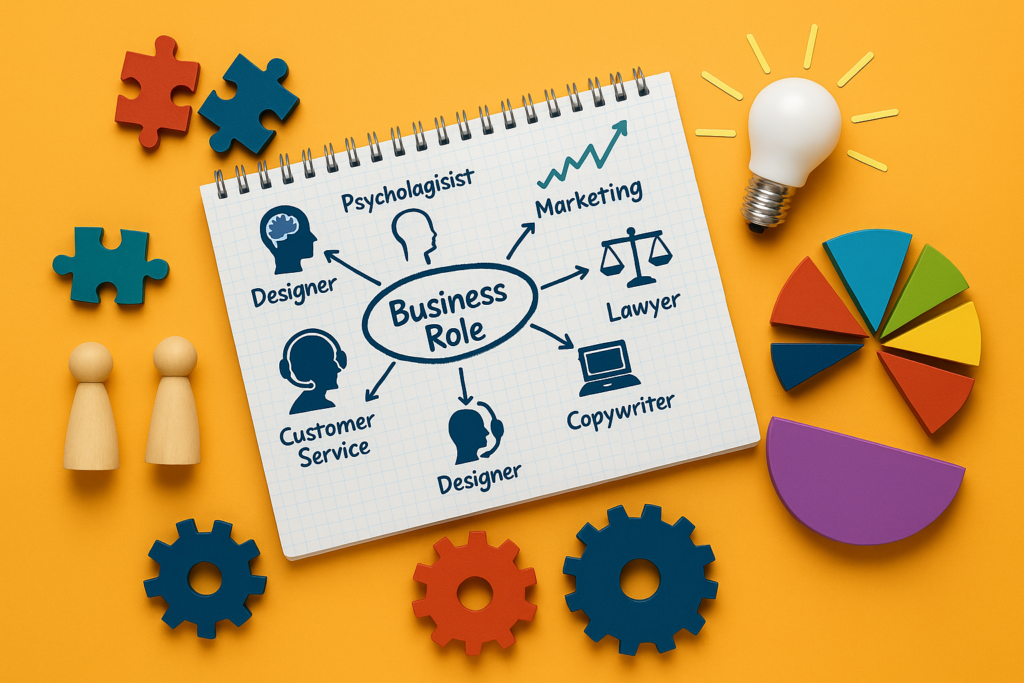Education is for everyone, but many students face learning challenges that make studying harder than usual. Dyslexia is one of the most common learning difficulties. Students with dyslexia often struggle with reading, spelling, and writing. This can affect their confidence and performance in school. Fortunately, technology is transforming the way students learn. Today, Dyslexia Assistive Tech tools are helping students overcome these challenges and succeed in their studies.
In this article, we at Verified Campus will discuss what dyslexia is, how Dyslexia Assistive Tech works, and the best ways to use these tools for student success.
What is Dyslexia?
Dyslexia is a learning difference that makes it hard to process written language. Students with dyslexia may read slowly, mix up letters, or find it difficult to write words correctly. It does not mean they are less intelligent; they simply learn differently.
Without proper support, students with dyslexia can feel frustrated and left behind in class. This is where Dyslexia Assistive Tech becomes very important.
What is Dyslexia Assistive Tech?
Dyslexia Assistive Tech refers to tools and software designed to support students with dyslexia in their learning. These tools make reading, writing, and studying easier by using features like text-to-speech, speech-to-text, audiobooks, and visual aids.
These tools are helpful for students of all ages, including high school learners who are preparing for competitive exams or board exams. The purpose of Dyslexia Assistive Tech is to help students focus on understanding lessons rather than struggling with words.
Why is Dyslexia Assistive Tech Important for Students?
Dyslexia can create a lot of stress for students. They often feel less confident because they read more slowly than their peers. Dyslexia Assistive Tech can change this. It gives them the confidence to work independently, complete assignments on time, and express their ideas clearly.
Here are a few reasons why these tools are so effective:
-
Reduces reading stress: Text-to-speech tools read out loud, making it easier for students to understand lessons.
-
Improves writing: Speech-to-text features allow students to speak their answers, reducing spelling mistakes.
-
Saves time: Students spend less time decoding words and more time learning.
-
Increases motivation: When learning feels easier, students enjoy studying more.
Types of Dyslexia Assistive Tech Tools
There are many types of Dyslexia Assistive Tech tools available today. They serve different purposes, but all focus on making learning smoother and more engaging for students.
1. Text-to-Speech Software
This tool reads digital or printed text out loud. Students can listen to textbooks, class notes, or articles, which helps them understand better.
2. Speech-to-Text Software
Instead of typing, students can speak their thoughts, and the software will convert speech into text. This saves time and reduces spelling errors.
3. Audiobooks
Audiobooks allow students to listen to stories and textbooks instead of reading them. This is especially useful for long chapters or difficult subjects.
4. Spelling and Grammar Checkers
Tools like Grammarly or built-in spell checkers can highlight mistakes and suggest corrections in real time.
5. Dyslexia-Friendly Fonts
Certain fonts are easier for dyslexic students to read. Many Dyslexia Assistive Tech tools allow users to change the font style for better readability.
6. Visual Organizers
Graphic organizers help students plan essays, projects, and notes visually, making information easier to process.
Effective Ways to Use Dyslexia Assistive Tech in Classrooms
Teachers play a major role in making Dyslexia Assistive Tech effective. Here are some strategies to use these tools in the classroom:
1. Introduce Tools Early
Students should be trained to use these tools from the beginning of the school year. Early exposure makes them comfortable and confident.
2. Combine Tools with Teaching
Teachers can use text-to-speech tools during reading lessons or provide audio versions of assignments.
3. Encourage Independence
The goal is to help students learn on their own. Dyslexia Assistive Tech gives them this independence by reducing the need for constant teacher support.
4. Make Learning Fun
Games, quizzes, and interactive lessons using technology can make the classroom more engaging for everyone, especially dyslexic students.
5. Monitor Progress
Teachers should regularly check how well students are using the tools and adjust methods if needed.
How Students Can Use Dyslexia Assistive Tech at Home
Learning doesn’t end at school. Students can continue using Dyslexia Assistive Tech tools at home to complete homework and prepare for exams.
-
Use text-to-speech software to read chapters out loud.
-
Record notes and play them back instead of rewriting.
-
Use audiobooks for literature subjects.
-
Plan assignments using visual organizers.
By using these tools consistently, students can build strong study habits.
Benefits of Dyslexia Assistive Tech for Student Success
Dyslexia Assistive Tech tools bring many benefits to students, teachers, and parents.
1. Builds Confidence: Students no longer feel left behind when they can access lessons like their peers.
2. Improves Academic Performance: Better understanding and less stress lead to better grades and overall learning.
3. Supports Different Learning Styles: These tools support both visual and auditory learners, making lessons easier for everyone.
4. Encourages Lifelong Learning: When students enjoy learning, they continue to develop skills beyond the classroom.
Common Mistakes to, Avoid
While Dyslexia Assistive Tech is very helpful, there are some mistakes schools and students should avoid:
-
Over-reliance on tools: Students should still practice reading and writing skills without tech support.
-
Not customizing settings: Every student is different. Tools should be personalized for maximum benefit.
-
Lack of training: Teachers and students should be trained to use the tools effectively.
How Teachers Can Support Students with Dyslexia
Teachers should create a supportive environment where students feel comfortable using Dyslexia Assistive Tech. Some tips include:
-
Give students extra time for assignments if needed.
-
Celebrate progress and small achievements.
-
Allow flexible methods for completing tasks (e.g., oral presentations).
-
Work closely with parents to ensure tools are used at home, too.
Real-Life Examples
Many schools around the world have started using Dyslexia Assistive Tech tools with great success. For example, a student who struggled with reading long chapters improved her grades after using text-to-speech software for a few months. Another student who found spelling difficult now uses speech-to-text software to complete assignments confidently.
These tools not only help with academics but also improve self-esteem.
Why Students Love Dyslexia Assistive Tech
Students enjoy using technology because it makes learning easier and more enjoyable. Dyslexia Assistive Tech gives them the freedom to learn at their own pace, without feeling embarrassed or different from their classmates.
Conclusion
Dyslexia Assistive Tech is transforming how students with dyslexia learn. It reduces stress, builds confidence, and helps students achieve success in school and beyond. By using these tools, teachers and parents can support students more effectively and ensure they reach their full potential.
If you are looking for a school that uses modern teaching methods and supportive tools like Dyslexia Assistive Tech, consider enrolling in the best school in Dehradun. Schools that focus on inclusive education create the right environment for every student to thrive.





